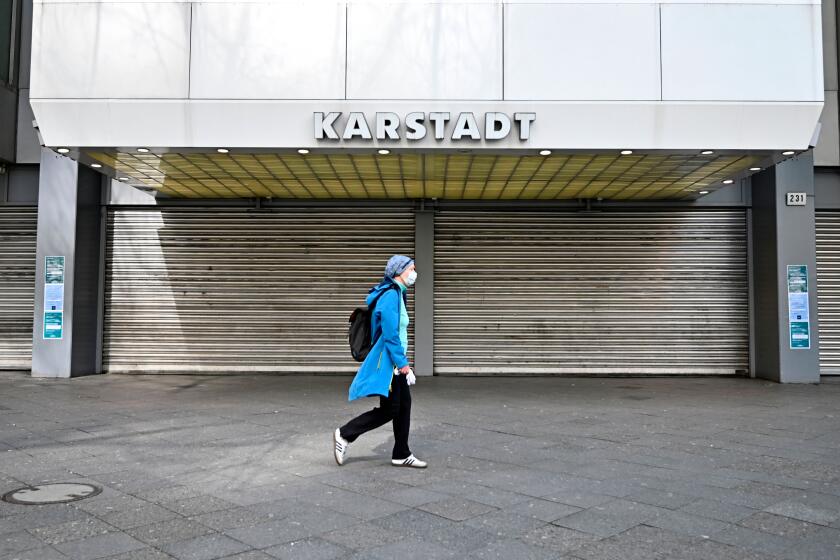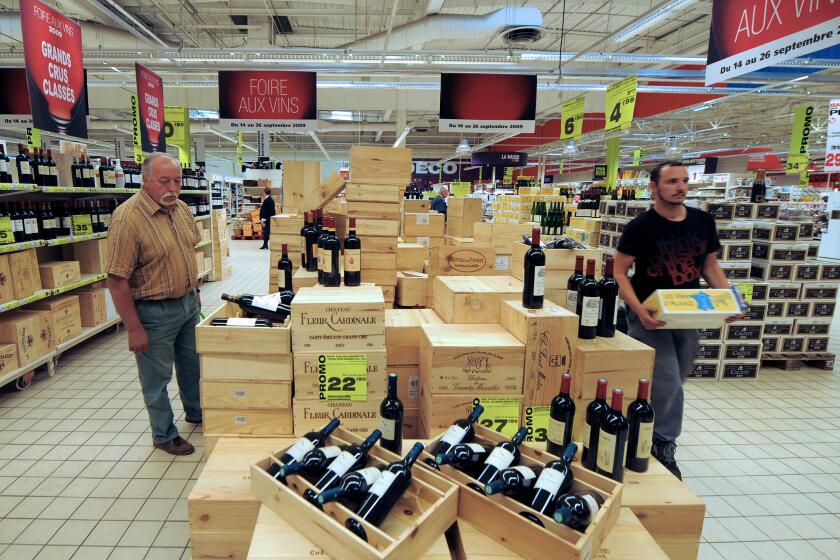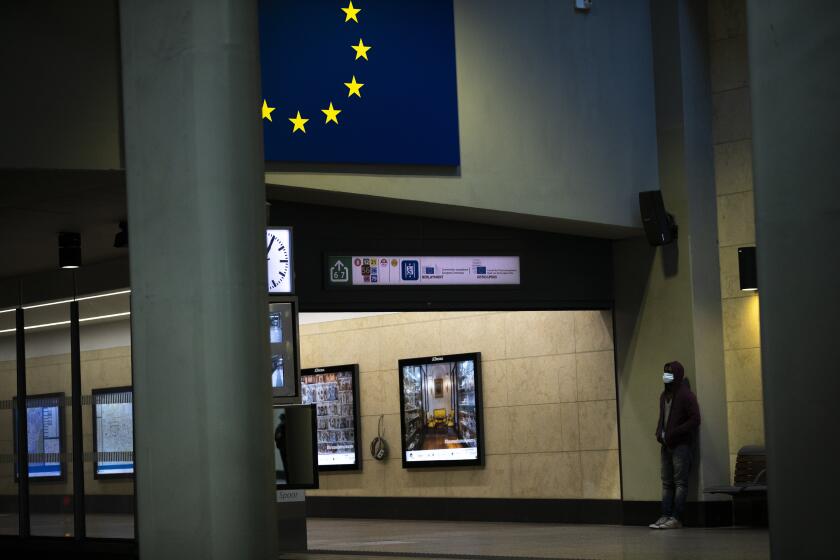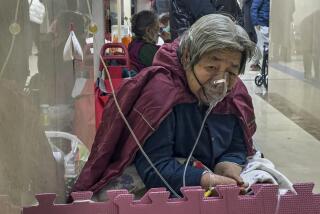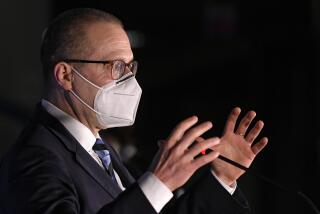As Europe reopens, Beijing outbreak shows need for vigilance
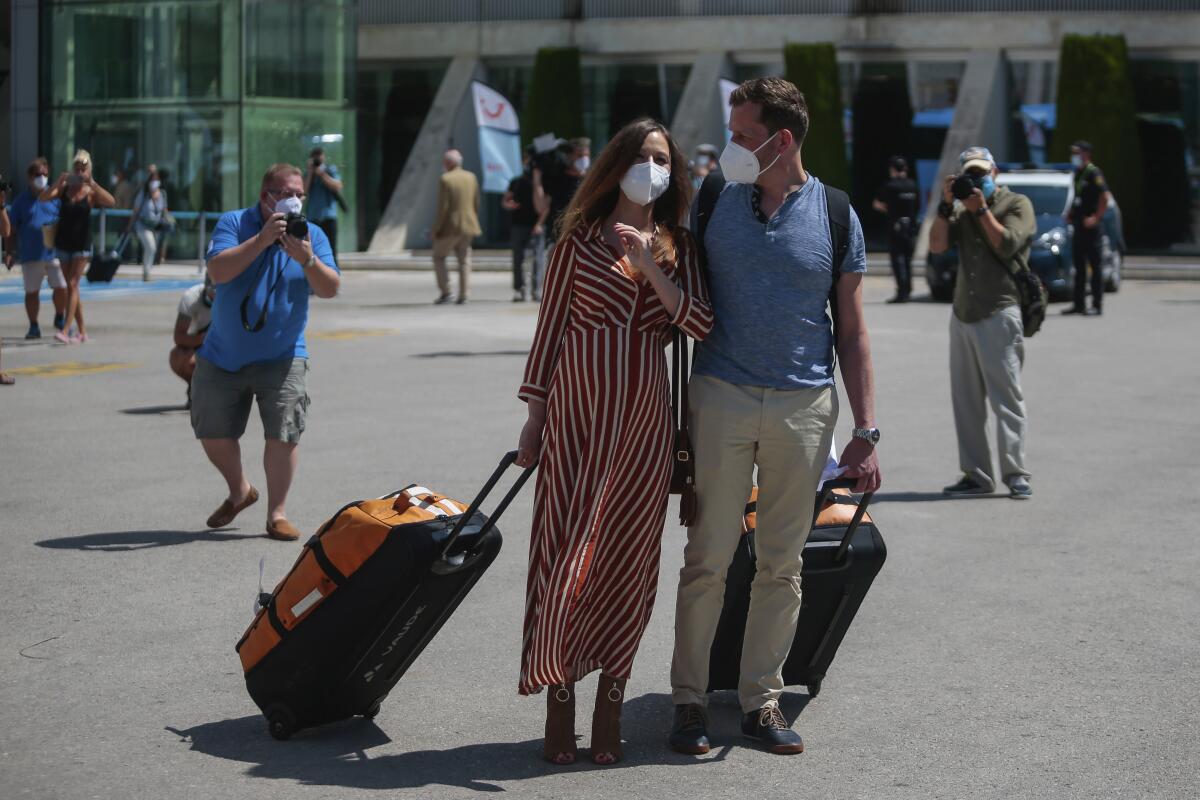
BERLIN — European countries reopened borders Monday after a three-month coronavirus shutdown, although international visitors are still being kept away and there was uncertainty over whether many Europeans will quickly embrace travel outside their home countries.
Reopening continued in Mexico and Brazil despite cases climbing in the two largest nations in Latin America, where authorities struggled to handle the pandemic’s effect on already-weak medical systems.
The need for constant vigilance came into sharp focus as China, where COVID-19 first emerged late last year, rushed to contain an outbreak in the capital of Beijing.
The head of the World Health Organization said more than 100,000 confirmed cases of the coronavirus have been reported globally each day in the last two weeks, and countries that have curbed transmissions “must stay alert to the possibility of resurgence.”
Tedros Adhanom Ghebreyesus noted that it took more than two months to reach 100,000 reported cases, now a daily norm. Each day, nearly three-fourths of the new cases come from 10 countries — mostly in South Asia and the Americas, he said.
Germany and France dropped border checks nearly two weeks after Italy opened its frontiers. Greece welcomed visitors Monday with passengers on flights from other European countries not having to undergo compulsory coronavirus tests.
An already fraying European Union, faced with the coronavirus pandemic, comes under new pressures from nationalism as states assert their own powers.
The European Union’s 27 nations and other European states aren’t expected to start reopening to visitors from outside the continent until at least the beginning of next month and possibly later.
Spain allowed thousands of Germans to fly to its Balearic Islands without a 14-day quarantine in a pilot program designed to help authorities gauge what’s needed against possible virus flare-ups.
Martin Hofman was delighted to board a flight from Dusseldorf to the island of Mallorca because he said his vacation couldn’t be postponed.
“To stay in Germany was not an option for us,” Hofman said. “We are totally happy that we can get out.”
Slovenia lifted travel restrictions with Italy, and the mayors of two towns on opposite sides of the border jointly removed a traffic sign that barred movement from one to the other. The towns of Nova Gorica in Slovenia and Gorizia in Italy are closely linked culturally and economically.
A looming recession due to the coronavirus imperils Champagne, buffalo mozzarella and other European delicacies. They’re luxuries but also livelihoods.
Mexico City residents were free to drive without restrictions, and subway and bus stations that had been closed resumed service Monday as the city of 9 million continued its gradual return.
Mexico City’s graduated reopening is based on hospital occupancy levels. As of Saturday, the capital and the surrounding state had 74% of their hospital beds occupied.
Construction, auto manufacturing, mining, bicycle sales and beer production already had been allowed to resume. Parks were allowed to open at 30% of their capacity.
President Andrés Manuel López Obrador encouraged Mexicans to get out of the house and get the economy moving again.
“Health is the most important thing, but at the same time the economy, well-being, the return to coexistence, harmony and freedom,” López Obrador said as he began his second weeklong road trip, this time from the Gulf coast state of Veracruz. “We can’t let fear overwhelm us.”
The European Union is predicting a drop in economic output of more than 7% this year because of the impact of the coronavirus.
In Beijing, where an outbreak was traced to a market that supplies much of the city’s meat and vegetables, thousands lined up for tests. Authorities confirmed 79 cases over four days in what looks to be the largest outbreak since China largely stopped its spread at home more than two months ago.
Tests were administered to workers at the Xinfadi market, anyone who had visited it in the past two weeks, or anyone who had come in contact with either group. The market is Beijing’s largest wholesale food market, prompting inspections of fresh meat and seafood in the city and elsewhere in China.
Authorities also locked down the neighborhood around a second market, where three cases were confirmed. In all, 90,000 people are affected in the two neighborhoods in the city of 20 million.
China had relaxed most of its controls after the ruling Communist Party declared victory over the virus in March.
Beijing suspended Monday’s planned restart of some primary schools and reversed the relaxation of some social isolation measures.
Inspectors found 40 samples of the virus in the closed market, including on a chopping board for imported salmon. That prompted some supermarket chains to take salmon off their shelves over the weekend and inspect markets, stores and restaurants.
Experts were doubtful the virus was being spread through salmon or other food products.
“For my money, it is more likely to be a person who came into the area with lots of people and the virus has spread, as the virus does,” said Ian MacKay, who studies viruses at the University of Queensland in Australia, adding there was no evidence to suggest a link between outbreaks and food.
South Korea is also among those countries seeking to prevent a resurgence, reporting 37 new cases of COVID-19. Authorities said 25 of those came from the Seoul area, where health authorities are scrambling to trace infections linked to entertainment and leisure activities, church gatherings, warehouse workers and door-to-door salespeople.
In other countries still battling major outbreaks:
— Even as Russian President Vladimir Putin said his country was emerging from the health crisis, authorities reported 8,246 new cases in the last 24 hours, bringing its total to 537,210. Russia, which has recorded over 7,000 deaths from the virus, is behind only the U.S. and Brazil in the number of infections.
— India’s home minister offered 500 train carriages for use as makeshift hospital wards as New Delhi struggled to contain a spike in cases. The Health Ministry reported a jump of more than 11,000 infections nationwide for a third straight day.
— Egypt reported its highest number of new COVID-19 cases and fatalities in one day, with 1,691 infections and 97 deaths. It has the highest death rate in the Arab world, at 1,672, but the government has resisted a full lockdown to keep the economy functioning. Even as caseloads multiply, authorities plan to reopen airports for tourism to less hard-hit destinations next month.
— Ukraine resumed flights to some countries, relaxing a ban in place since March 17. Authorities will still request those arriving from countries with high infection numbers to spend two weeks in quarantine. Ukraine’s caseload has spiked recently, to nearly 32,000, following a decision in May to resume public transportation and reopen malls and gyms.
More to Read
Sign up for Essential California
The most important California stories and recommendations in your inbox every morning.
You may occasionally receive promotional content from the Los Angeles Times.
